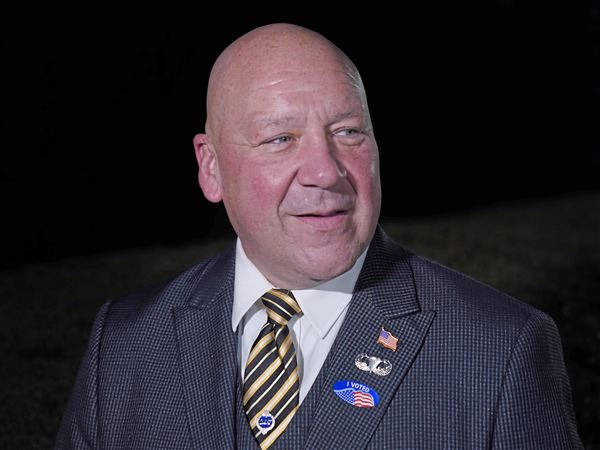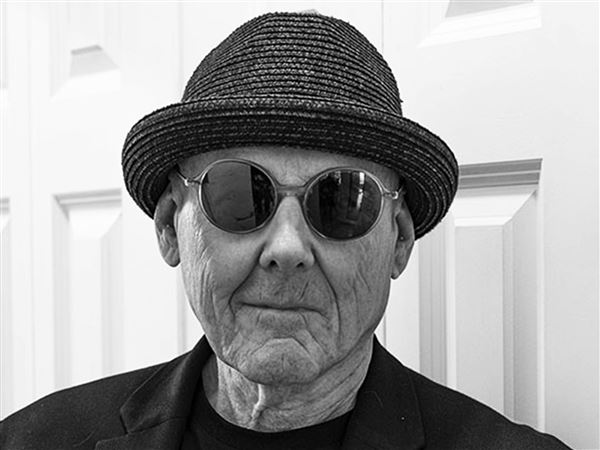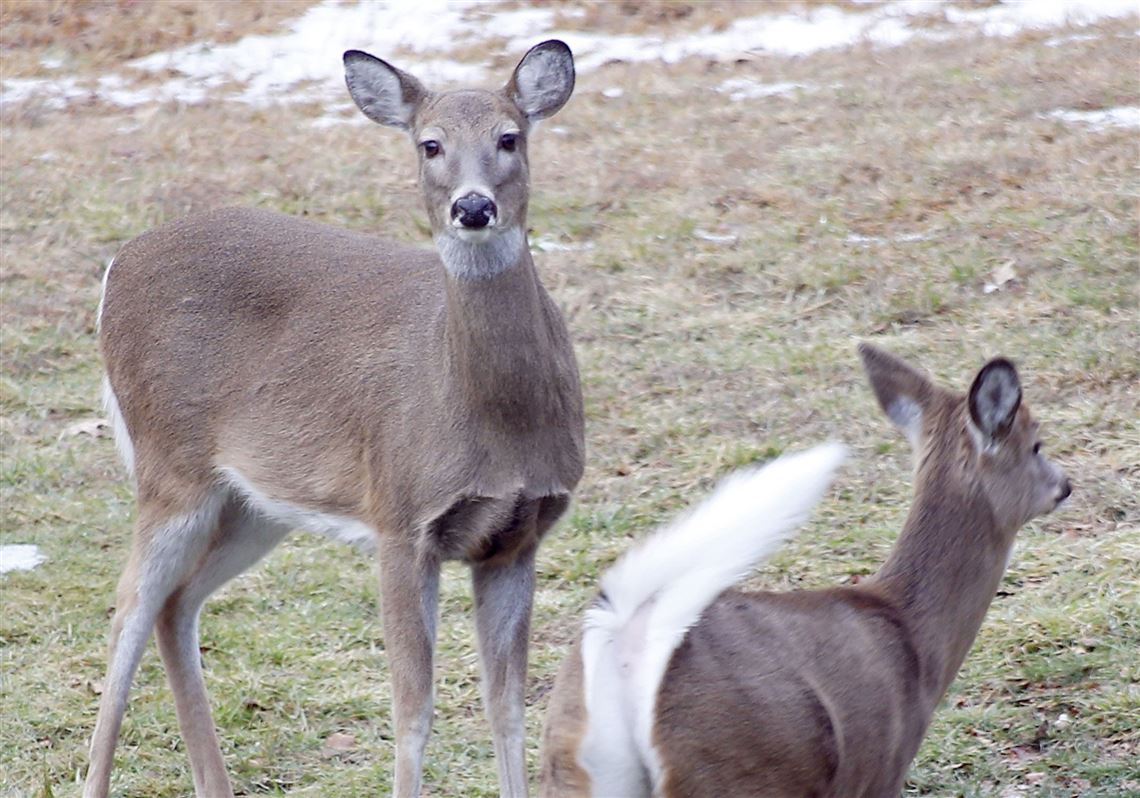Ambling slowly through the brush as it browses, the deer’s ears are drooped, its tail swaying lazily from side to side. It stops, rigid and motionless, then bobs its head horizontally. Twice, the deer lowers its head to the ground and snaps it up again. It snorts and stomps.
What is the deer’s next move?
More to the point, at this juncture in the deer-human encounter, what is the smartest next move that a hunter could make?
In eight days, nearly a million hunters will participate in Pennsylvania’s statewide firearm deer season. For many, success will depend on their understanding of whitetail behavior. Just as a deer “sees” with its nose, it signals its intentions through movements. Hunters can increase their chance of success by reading that body language.
Everyone knows what a raised white tail means. How about when the tail is slowly wagging?
“Does do that. It can mean she’s emitting her scent in estrus. Sometimes they call that ‘squatting tail,’” said Marshall Muntz of Allison Park, a longtime hunter and assistant manager at the new Gander Mountain outfitter in Monroeville. “I look for that from a doe, and then look for buck to follow.”
A wagging tail can tell another story. Some hunters read it as a sign of contentedness commonly made when a deer is feeding and feeling safe. Either way, a wagging tail is a sign that the hunter has not been spotted.
During the rut, when a hormonally driven urge to reproduce overrides all else, hunters are the last thing on a deer’s mind. A whitetail exhibiting rutting behavior is most likely preoccupied with sexual desire and unaware that it’s in somebody’s crosshairs.
“Have you seen the lip curl, when a buck’s lower lip curls out over its mouth?” asked Muntz. “The tongue is lapping, the nostrils are flared. That deer is so into scenting a doe it has no idea [a hunter] is around.”
In male and female deer, the rut activates the vomeronasal organ. Located in the sinus cavity, its sensory neurons detect airborne non-vaporized chemical compounds that normally can not be detected by smell — primarily pheromones from the urine and excretions of does in estrus. All that lip curling, nostril flaring and tongue lapping is intended to force a whiff of the sexually stimulating scent over the olfactory organ.
“Another rutting behavior is called ‘bird dogging,’” said Muntz. “You’ll see a buck running with its nose straight to the ground following a doe.”
Sometimes a hot doe will be bird-dogged by more than one buck at a time. If the first rack is small, a hunter might gamble and wait for a bigger bird-dogging suitor.
Some deer movements suggest confusion, or at least uncertainty.
“Ears are a dead set giveaway,” said Muntz. “It’s the first thing I look at after counting [antler points] for three up. If the ears are kind of hanging low and relaxed, the deer is content and has no clue it’s being watched. But if they’re straight up or twisting left and right, it’s really paying attention. It knows something is wrong and is ‘looking’ for it with its ears.”
Whether it’s rutting season or not, when a deer arches its back and the ribeye hairs stand on end, look out. That deer is fighting mad and ready to attack.
Sometimes the absence of movement can give away the animal’s intention. A deer that turns mostly broadside to a perceived threat isn’t offering a better target. It’s trying to make itself appear larger and more threatening to a potential adversary.
“When a deer stops dead solid, it’s trying to not be marked,” said Muntz. “It knows something’s going on but doesn’t know what. When it freezes, the hunter should freeze or [he or she] will be busted.”
Moving its head from side to side, the deer is attempting to get a better three-dimensional impression of what’s out there.
“The worst thing a hunter could do at that moment is move,” said Muntz.
Unable to identify the danger, a deer may try to get the hidden adversary to move. Snorting is an attempt to get the threat to respond, revealing its location. (Not to be confused with the male deer’s snort-wheeze. Sometimes called a “snot shot,” it’s a form of aggressive nose blowing intended to intimidate a rival.)
“When a deer stomps, it’s a challenge. It’s frustrated that it knows you’re there but doesn’t know what you are,” said Muntz. “Sometimes when a big doe feels threatened, it will throw its head to the ground and snap it back up several times.”
How should a hunter respond?
Shoot. Presuming that safety, legal and range considerations have been confirmed and the hunter wants this deer, the aggressive head bobbing signals that the animal is seconds from running off. Shoot before the deer, and the opportunity, are gone.
First Published: November 20, 2016, 5:00 a.m.

















